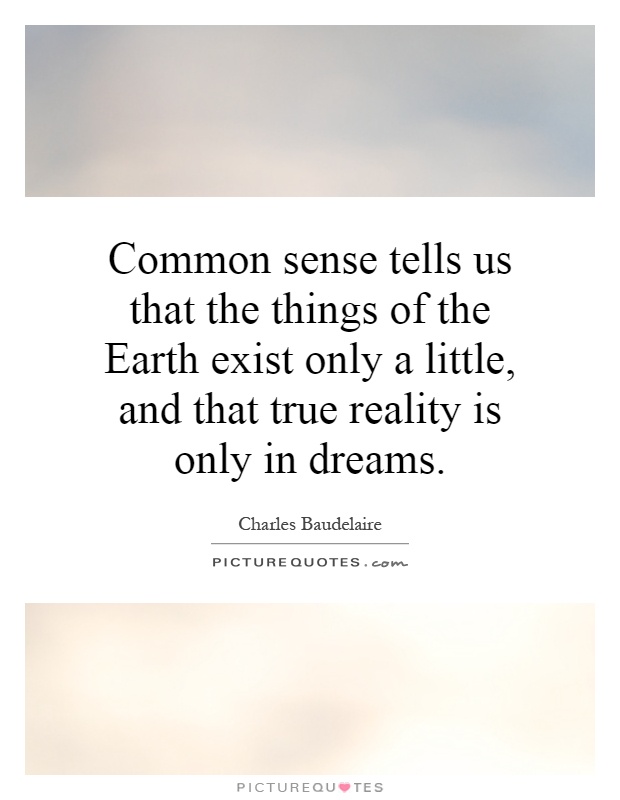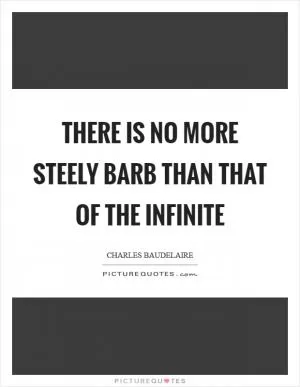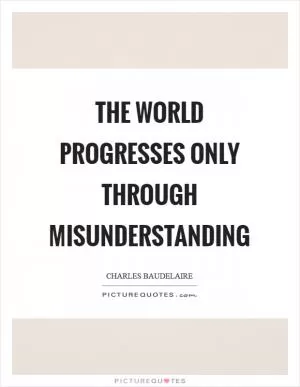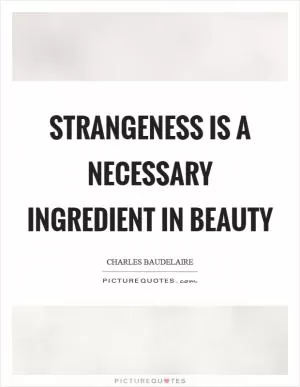Common sense tells us that the things of the Earth exist only a little, and that true reality is only in dreams

Common sense tells us that the things of the Earth exist only a little, and that true reality is only in dreams
Charles Baudelaire, a prominent French poet and art critic of the 19th century, was known for his exploration of themes such as beauty, decadence, and the fleeting nature of life. In his work, Baudelaire often delved into the realm of dreams and the subconscious, believing that true reality could only be found in the world of dreams.Baudelaire's belief that the things of the Earth exist only a little compared to the true reality of dreams can be seen in his poetry, where he often juxtaposes the mundane with the fantastical. In his most famous work, "Les Fleurs du Mal" (The Flowers of Evil), Baudelaire explores the darker aspects of human nature and the beauty that can be found in the grotesque. Through his vivid imagery and evocative language, Baudelaire invites readers to question the nature of reality and to consider the power of the imagination.
One of Baudelaire's most famous poems, "L'Invitation au Voyage" (Invitation to the Voyage), captures the essence of his belief in the supremacy of dreams over reality. In this poem, Baudelaire describes a fantastical world where the narrator and their lover can escape the constraints of everyday life and find true happiness in a dreamlike paradise. The poem speaks to the transformative power of the imagination and the ability of dreams to transport us to a higher plane of existence.
Baudelaire's fascination with dreams and the subconscious can also be seen in his critical writings on art and literature. In his essay "The Painter of Modern Life," Baudelaire praises artists who are able to capture the essence of modernity and the fleeting nature of life in their work. He believed that true art should transcend the limitations of reality and tap into the deeper truths of the human experience.












 Friendship Quotes
Friendship Quotes Love Quotes
Love Quotes Life Quotes
Life Quotes Funny Quotes
Funny Quotes Motivational Quotes
Motivational Quotes Inspirational Quotes
Inspirational Quotes